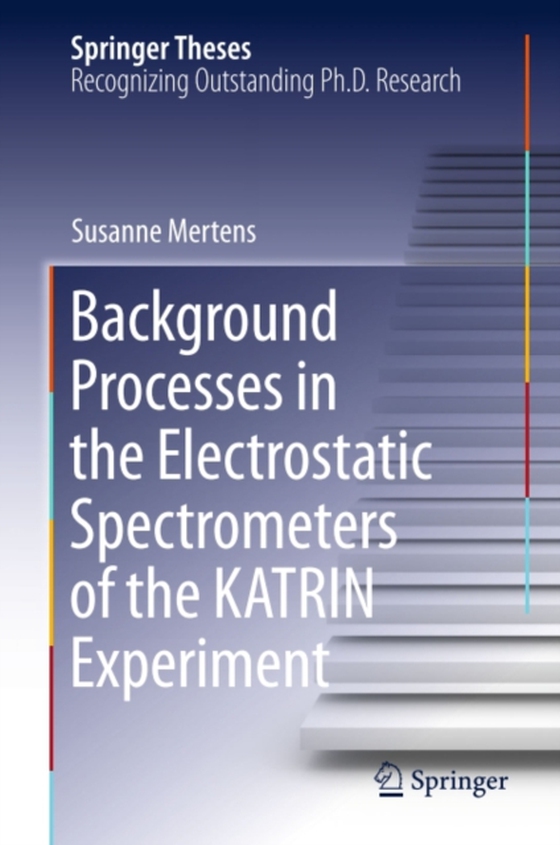
Background Processes in the Electrostatic Spectrometers of the KATRIN Experiment e-bog
875,33 DKK
(inkl. moms 1094,16 DKK)
Neutrinos continue to be the most mysterious and, arguably, the most fascinating particles of the Standard Model as their intrinsic properties such as absolute mass scale and CP properties are unknown. The open question of the absolute neutrino mass scale will be addressed with unprecedented accuracy by the Karlsruhe Tritium Neutrino (KATRIN) experiment, currently under construction. This thes...
E-bog
875,33 DKK
Forlag
Springer
Udgivet
5 november 2013
Genrer
PDD
Sprog
English
Format
pdf
Beskyttelse
LCP
ISBN
9783319011776
Neutrinos continue to be the most mysterious and, arguably, the most fascinating particles of the Standard Model as their intrinsic properties such as absolute mass scale and CP properties are unknown. The open question of the absolute neutrino mass scale will be addressed with unprecedented accuracy by the Karlsruhe Tritium Neutrino (KATRIN) experiment, currently under construction. This thesis focusses on the spectrometer part of KATRIN and background processes therein. Various background sources such as small Penning traps, as well as nuclear decays from single radon atoms are fully characterized here for the first time. Most importantly, however, it was possible to reduce the background in the spectrometer by more than five orders of magnitude by eliminating Penning traps and by developing a completely new background reduction method by stochastically heating trapped electrons using electron cyclotron resonance (ECR). The work beautifully demonstrates that the obstacles and challenges in measuring the absolute mass scale of neutrinos can be met successfully if novel experimental tools (ECR) and novel computing methods (KASSIOPEIA) are combined to allow almost background-free tritium -spectroscopy.
 Dansk
Dansk

